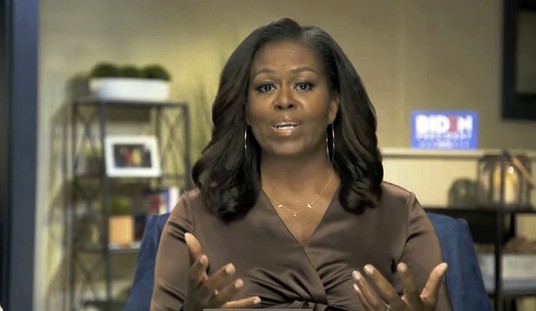The great analyst Joel Kotkin takes a look at the state of black America and finds it wanting:
Since the racial euphoria that accompanied the president’s election, views of race relations held by blacks and whites, according to Pew, have become decidedly less optimistic. Nearly half of whites and roughly two in five blacks, according to a recent Politico poll, say race relations have worsened under Obama. Only 4 percent of whites and 13 percent of African Americans thought relations had improved. Another recent survey, this one by Bloomberg, finds 53 percent of Americans opining that race relations have declined under Obama.
Here’s the real tragedy: Some 50 years after the passage of sweeping nationwide civil rights legislation, the institutionalization of affirmative action and billions poured into addressing urban poverty, many African American youth remain well outside the mainstream, unmoored to the economy and far too liable to get into confrontations with law enforcement. This is clearly connected with such factors as the preponderance among African Americans of 70 percent single-female-headed households, nearly half of which are poor.
That whole “Great Society” thing from the 1960s is really working out well for African Americans, isn’t it?
Then, there are the murder statistics. Columnist Walter Williams has noted that, out of roughly 7,000 blacks murdered last year, 94 percent were killed by another black person. Half of all homicide victims are black, while blacks account for barely 13 percent of the nation’s population. Williams calculates that the black homicide victimization rate is six times that of whites, and in some cities, more than 22 times higher.
Not surprisingly, these sad numbers are also reflected in economic statistics. African American unemployment remains twice that of whites. The black middle class, so responsible for, and understandably proud of, Obama’s elevation, according to the Urban League, in the past decade has conceded many of the gains made over the prior 30 years.
Despite the hoopla about urban revival, a recent study reveals that entrenched urban poverty – places where 30 percent or more of the population lives below the poverty line – actually grew in the first decade of the new millennium, from 1,100 to 3,100 neighborhoods. Meanwhile, the population of these areas doubled, to 4 million.
There’s a great deal more, all of it depressing. But remember — the Democrats who have wreaked such horrendous destruction still look upon their handiwork as a good thing.









Join the conversation as a VIP Member